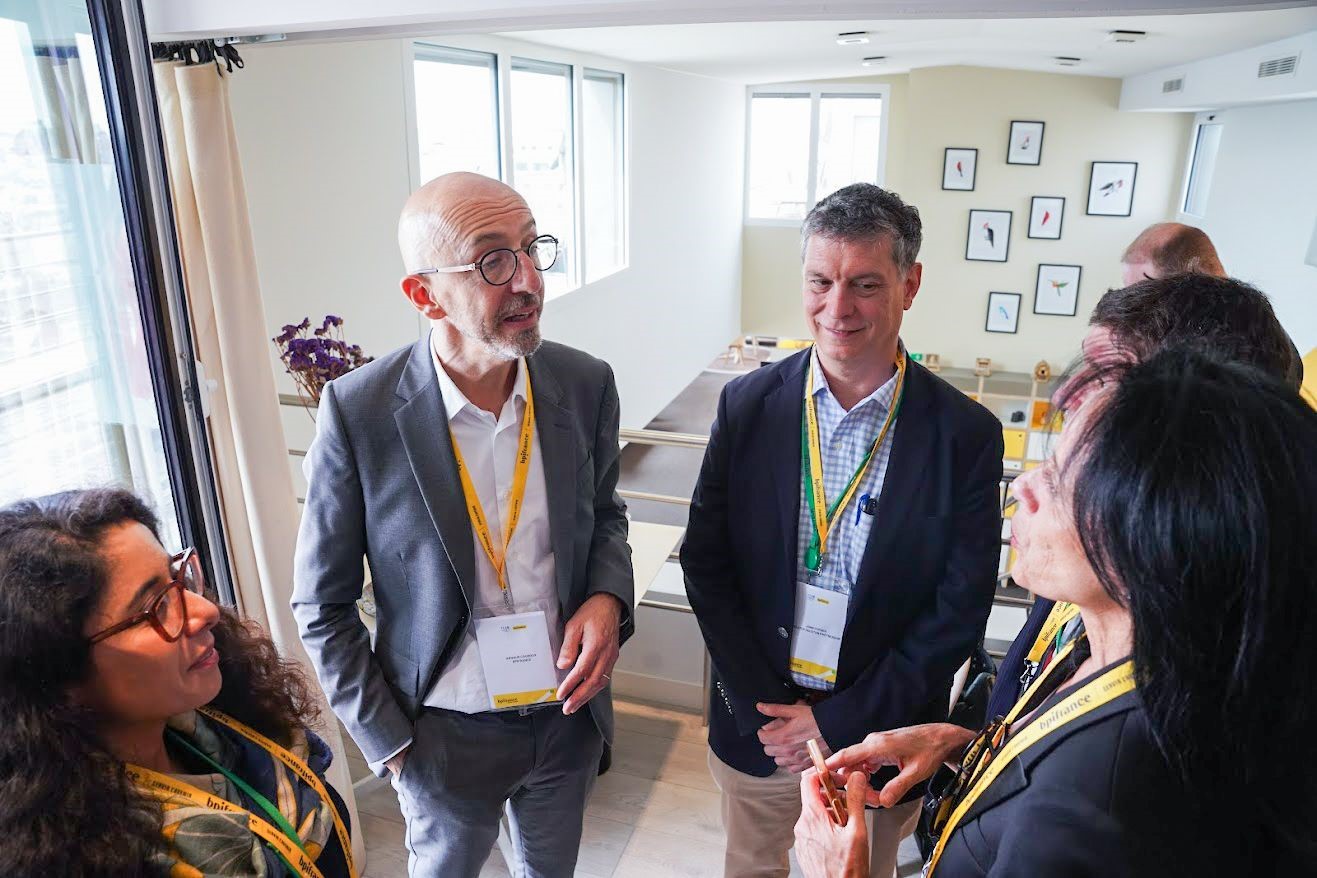Partnership Launches New Event to Encourage Greater Diversity and Inclusion in Regional Workforce
Published Sep 04, 2018 by A.J. Mistretta
Houston NEXT will be springboard to new talent program launching in 2019.
HOUSTON (Sept. 4, 2018) – What can the most ethnically diverse city in the nation do to better reflect that diversity among its major companies and key industries? The Greater Houston Partnership will take on this question through a new event, Houston NEXT: An ERG Summit. The inaugural event scheduled for October 4 will bring together talent, community and business leaders to grow diversity and inclusion (D&I) in the workplace.
“We are proud that Houston is America’s most diverse city, which feeds into our culture and our way of life, and we believe increasing the diversity of our regional workforce will improve company culture and performance,” said Bob Harvey, president and CEO of the Partnership. “As the largest chamber of commerce and economic development organization in the region, we have a platform to champion collaboration among different stakeholders—from companies and employee resource groups to smaller chambers of commerce and associations—and to realize a Houston workforce that better reflects our diverse and inclusive community.”
The Partnership hopes to spur discussion and action through the half-day event that will include a panel discussion on best practices for establishing and managing Employee Resource Groups (ERGs) or affinity groups, as well as presentations and breakout sessions around topics such as gender equality in the workplace, the costbenefit analysis of better talent retention and managing multigenerational workplaces.
Research shows that building a more diverse and inclusive workforce impacts not just optics, but also the bottom line. Companies in the top quartile for racial and ethnic diversity are 35 percent more likely to have financial returns above their respective national industry medians, while gender-diverse companies are 15 percent more likely to see such results, according to a 2015 McKinsey study. Diverse companies also have 2.3 times higher cash flow per employee over time. The study also suggests there’s a linear relationship between racial and ethnic diversity and better financial performance – for every 10 percent increase in racial and ethnic diversity on the senior-executive team, earnings before interest and taxes rise 0.8 percent.
The inaugural Houston NEXT event will help the Partnership develop a baseline for understanding the needs and issues of the business community when it comes to diversity and inclusion. In January, the Partnership will launch a new program geared toward providing human resource professionals, ERG leaders and recruiters with information on how to grow their talent pipeline. The Talent Resource & Recruitment Group will provide talent attraction materials and resources, build relationships with relocation agencies and advisors, offer continuing education credits and much more.
 Press Releases
Press Releases


















